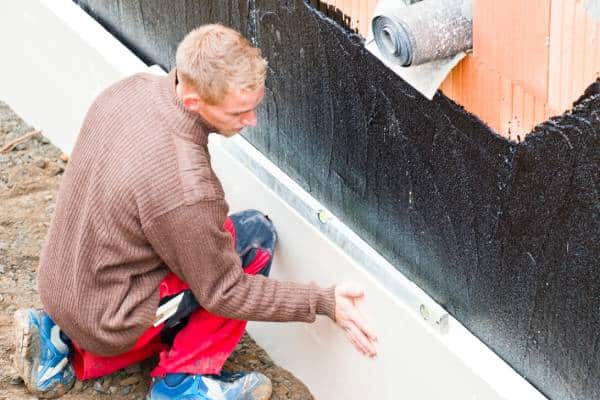Basement waterproofing is a critical part of protecting any home or building from moisture damage. In the Bay Area, where shifting soils, rainy seasons, and coastal humidity can contribute to water intrusion, proper waterproofing is essential to maintaining the integrity of a structure. But one common question homeowners ask is: Should basement waterproofing be done from the inside or the outside?
Read more: Interior vs. Exterior Basement Waterproofing: What Bay Area Homeowners Need to KnowThe answer depends on several factors—including the severity of the water issue, the type of foundation, accessibility, and budget. Both interior and exterior solutions have their place, and in some cases, a combination of the two is the most effective approach.
When to Use Exterior Basement Waterproofing in the Bay Area
Exterior waterproofing is often considered the most comprehensive solution. This method involves excavating the soil around the home’s foundation to apply waterproof coatings or membranes, install drainage systems like French drains, and direct water away from the foundation.
Exterior basement waterproofing is ideal when:
- There are visible cracks or damage on the exterior foundation walls.
- Water is entering through the outside foundation, especially during heavy rain.
- A long-term, preventative solution is needed for a home with a history of water issues.
- A new structure is under construction and waterproofing can be built into the foundation from the start.
This approach is more invasive and typically more expensive, but it addresses the problem at its source—keeping water from ever reaching the interior of the basement.
When to Use Interior Basement Waterproofing in the Bay Area
Interior basement waterproofing in the Bay Area is often used when exterior access is limited or when a quicker, less expensive solution is needed. This method doesn’t stop water from entering the foundation, but it manages and redirects it once it’s inside.
Interior waterproofing may involve:
- Installing an interior drainage system and sump pump to collect and remove water.
- Sealing cracks and joints with waterproof epoxy or polyurethane injections.
- Applying waterproof coatings or vapor barriers to interior walls.
Interior solutions are often sufficient for minor seepage, condensation issues, or as part of a larger strategy in managing water that has already breached the foundation.
Why Both Might Be Necessary
In many cases, the most effective waterproofing strategy involves both interior and exterior measures. For example, exterior waterproofing may stop groundwater from pushing against the foundation walls, while interior drainage ensures that any moisture that does make it through is quickly removed. This dual approach provides a higher level of protection and can prevent long-term issues such as mold, structural damage, and foundation deterioration.
Bay Area homes, especially older ones or those built on sloped lots, are particularly vulnerable to water intrusion. Choosing the right combination of basement waterproofing in the Bay Area depends on the unique conditions of your property.
Choosing the Right Waterproofing Partner
Working with experienced professionals who offer comprehensive waterproofing services in the Bay Area is key. They can perform a thorough inspection, identify the source of the problem, and recommend the most effective and cost-efficient solution—whether it’s interior, exterior, or both.
Ultimately, timely and strategic basement waterproofing can protect your home, your investment, and your peace of mind for years to come.


